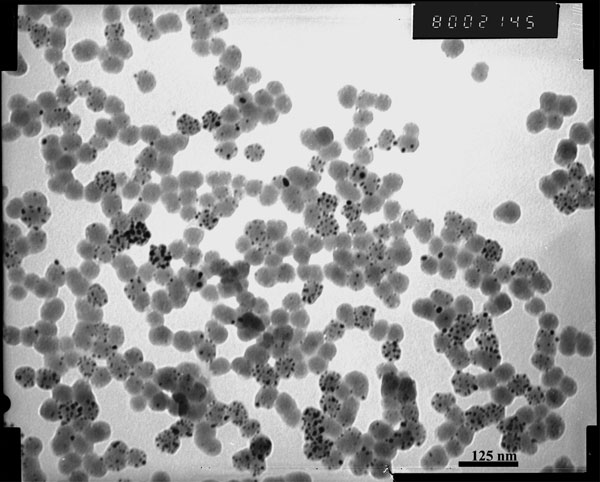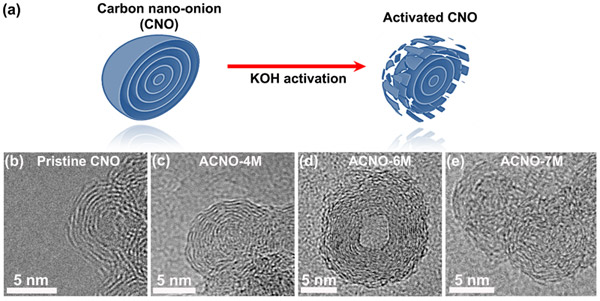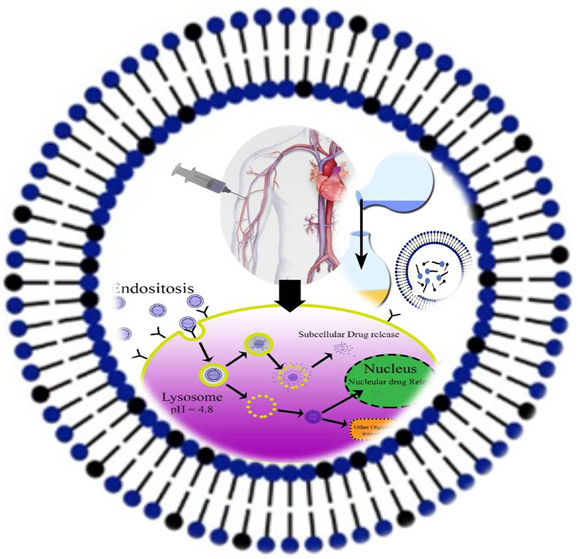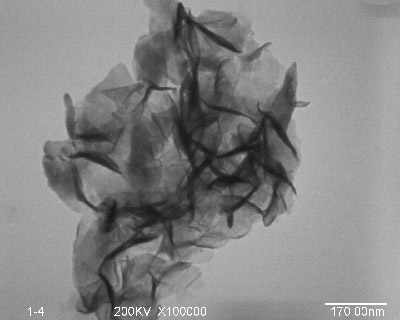Reprogramming Adult Schwann Cells to Stem Cell-like Cells by Leprosy Bacilli Promotes Dissemination of Infection
MRC Center for Regenerative Medicine, University of Edinburgh, Little France Campus, Edinburgh, EH16 4UU Scotland, UK
Anura Rambukkana
a.rambuka@ed.ac.uk

Abstract
Differentiated cells possess a remarkable genomic plasticity that can be manipulated to reverse or change developmental commitments. Here, we show that the leprosy bacterium hijacks this property to reprogram adult Schwann cells, its preferred host niche, to a stage of progenitor/stem-like cells (pSLC) of mesenchymal trait by downregulating Schwann cell lineage/differentiation-associated genes and upregulating genes mostly of mesoderm development. Reprogramming accompanies epigenetic changes and renders infected cells highly plastic, migratory, and immunomodulatory. We provide evidence that acquisition of these properties by pSLC promotes bacterial spread by two distinct mechanisms: direct differentiation to mesenchymal tissues, including skeletal and smooth muscles, and formation of granuloma-like structures and subsequent release of bacteria-laden macrophages. These findings support a model of host cell reprogramming in which a bacterial pathogen uses the plasticity of its cellular niche for promoting dissemination of infection and provide an unexpected link between cellular reprogramming and host-pathogen interaction.
The effect of the nano-silica support on the catalytic reduction of water by gold, silver and platinum nanoparticles
Department of Biological Chemistry, Ariel University, Ariel, Israel
T. Zidki
tomerzi@ariel.ac.il

Abstract
Pt°-NPs, prepared by the reduction of PtIV salts with borohydride, do not catalyse the reduction of water in the presence of the strongly-reducing ˙C(CH3)2OH radicals. However, supporting the same metal nanoparticles (M°-NPs) with SiO2 alters the catalytic properties enabling the reaction. This effect depends both on the nature of M° and concentration of the composite nanoparticles. At low nanocomposite concentration: for M = Au nearly no effect is observed; for M = Ag the support decreases the catalytic reduction of water and for M = Pt the support initiates the catalytic process. At high nanocomposite concentration: for M = Au the reactivity is considerably lower and for M = Ag or Pt no catalysis is observed. Furthermore, for M = Ag or Pt H2 reduces the ˙C(CH3)2OH radicals.
Chemical activation of carbon nano-onions for high-rate supercapacitor electrodes
Department of Electrical Engineering, University of Nebraska-Lincoln USA
Yong Feng Lu
ylu2@unl.edu

Abstract
Recent studies have demonstrated that carbon nano-onion (CNO) is a promising candidate for high-power supercapacitors due to the nonporous outer shell, which is easily accessible to electrolyte ions. However, the nonporous ion-accessible outer shells also limit the energy density of the CNOs, which requires large specific surface area. Introducing porosity to the outer shells of CNOs can effectively improve the specific surface area by exposing the inner shells to electrolytes. In this study, the electrochemical performance of supercapacitor electrodes based on CNOs is improved through the controlled introduction of porosity on the outer shells of CNOs by chemical activation. The capacitance of the activated CNOs is five times larger than the pristine ones with a measured power density of 153 kW/kg and an energy density of 8.5 Wh/kg in a 2 mol/l potassium nitrate electrolyte. The capacitance retention ratio of activated CNOs decreases slightly as the current density increases from 0.75 to 25 A/g. About 71% of initial capacitance (at 0.75 A/g) is preserved for activated CNOs at current densities up to 25 A/g.
Nano-niosomes as nanoscale drug delivery systems: An illustrated review
Department of Biomedical Engineering, Amirkabir University of Technology, Tehran, Iran
Afra Hadjizadeh
afra.hajizadeh@aut.ac.ir

Abstract
The field of nanochemistry research has shown a great progress in the developing of novel nanocarriers as potential drug delivery systems. Niosome is a class of molecular cluster formed by self-association of non-ionic surfactants in an aqueous phase. The unique structure of niosome presents an effective novel drug delivery system (NDDS) with ability of loading both hydrophilic and lipophilic drugs. Numerous research articles have been published in scientific journals, reporting valuable results of individual case studies in this context. However, surveying and discussing the recent, rapidly growing reported studies along with their theoretical principals is required for the fully understanding and exploring the great potential of this approach. To this aim, we have provided an illustrated and comprehensive study from the view of a supramolecular chemist, interested in the synthesizing and studying chemical aggregates on the nanoscale for the development of nanotechnological clusters including niosomes. First, a connectional review of the molecular structure and physicochemical properties of niosome forming non-ionic surfactants and additive agents have been discussed. Second, a systematic survey of niosome preparation and loading methods, administration routes, characterization of niosomes, their toxicity studies and mechanism of drug release; used in recent articles have been performed.
Preparation of Gd2O3 nano-flakes and fabri cation/evaluation of their X-ray shielding rubber nanocomposites wi th improved mechanical properties
Li Liu, State Key Laboratory of Chemical Resource Engineering, Beijing University of Chemical Technology, Beijing 100029, China
Li Liu
liul@mail.buct.edu.cn
Abstract
The aim of this study was to explore the development of lead-free X-ray shielding rubber nanocomposites with improved mechanical properties. In specific, gadolinium oxide (Gd2O3) nano-flakes (with thickness of ∼20 nm and sizes being tens of nanometers) were first prepared via the co-precipitation spray drying method; subsequently, the prepared Gd2O3 nano-flakes were uniformly dispersed into nitrile butadiene rubber (NBR) followed by vulcanization for the fabrication of flexible and lightweight X-ray shielding nanocomposites. Compared with the Gd2O3/NBR conventional composites made from a Gd2O3 powder with particle sizes in the range of 5–20 µm, the fabricated Gd2O3/NBR nanocomposites exhibited significantly higher tensile strength, Shore A hardness, and X-ray shielding properties while the rubbery characteristic (i.e. elasticity) was retained.

